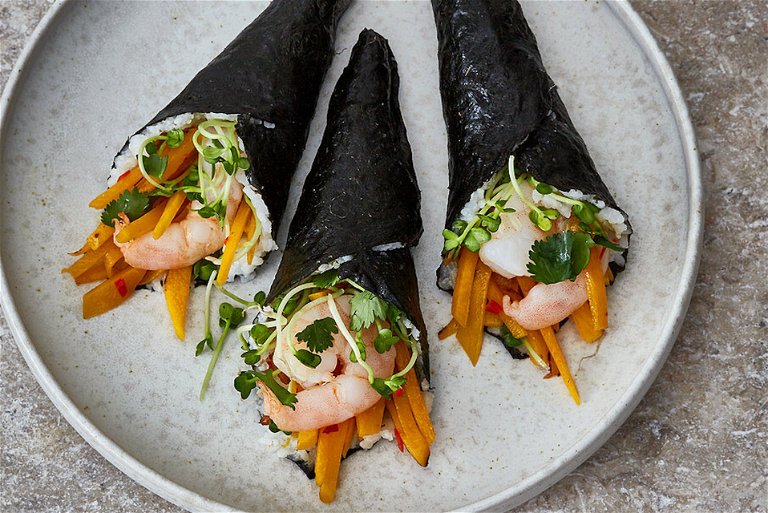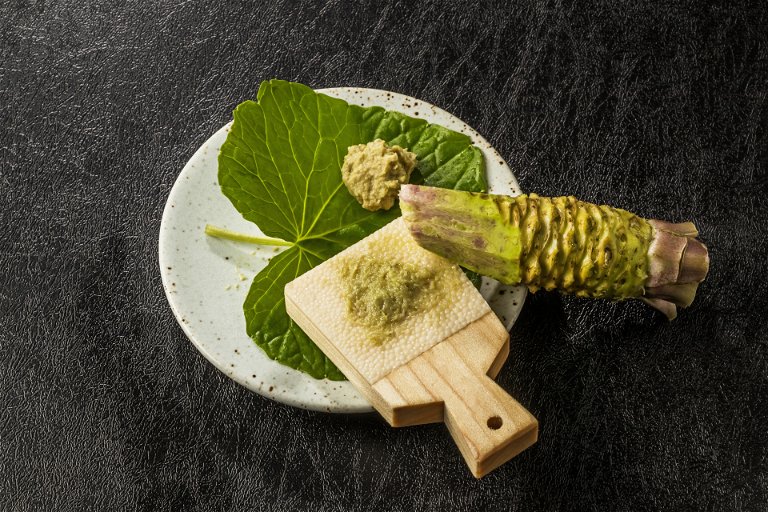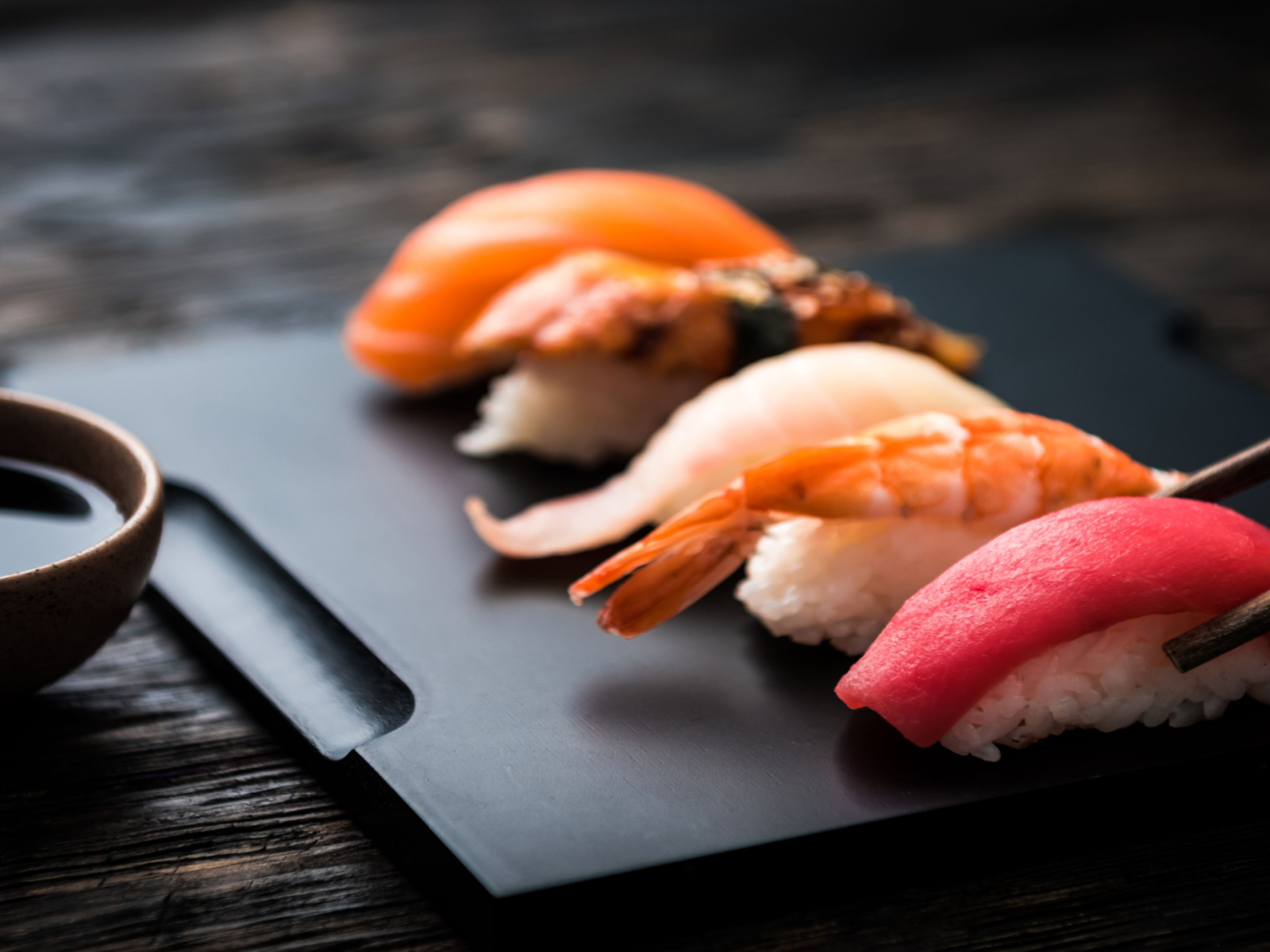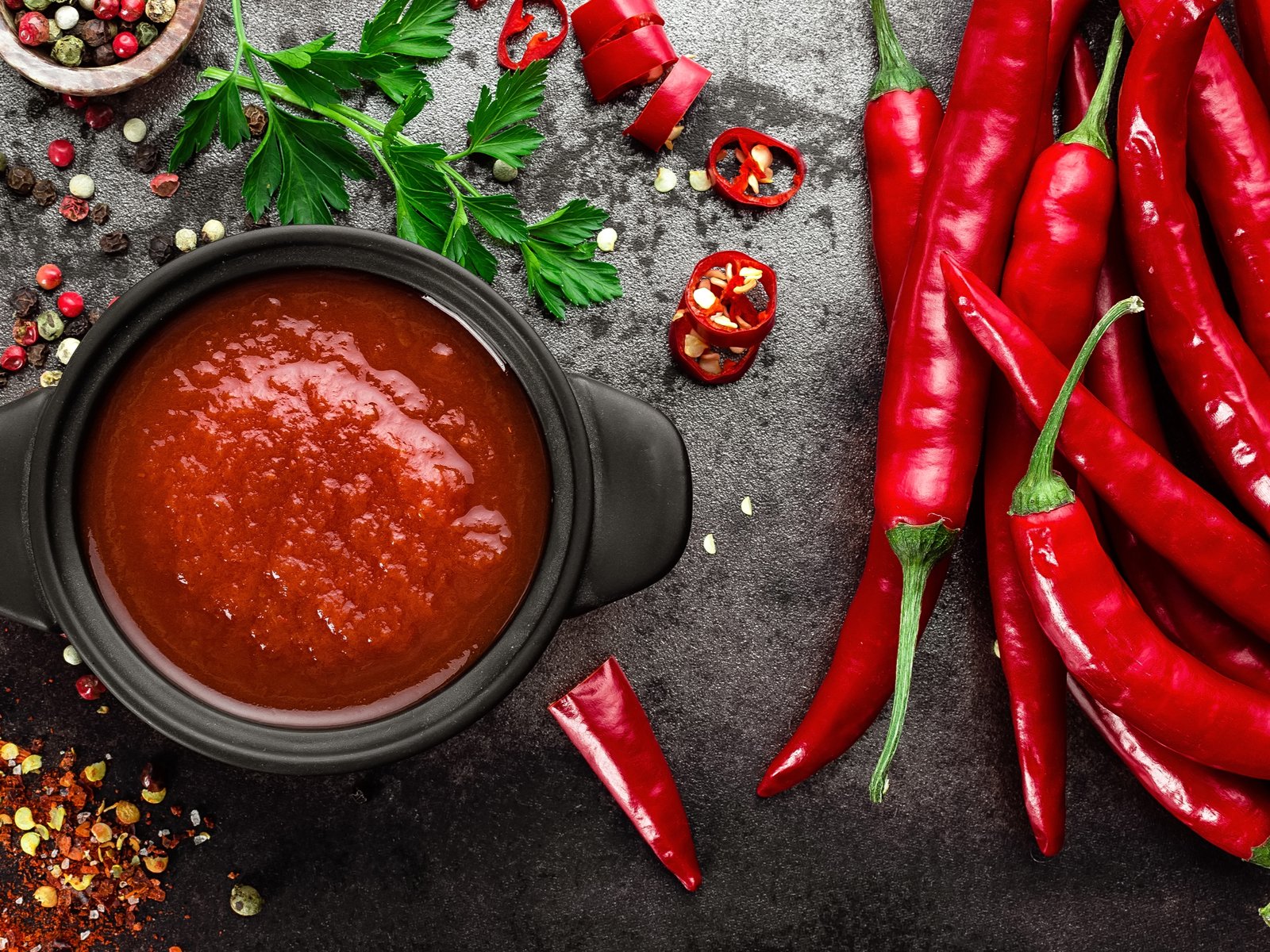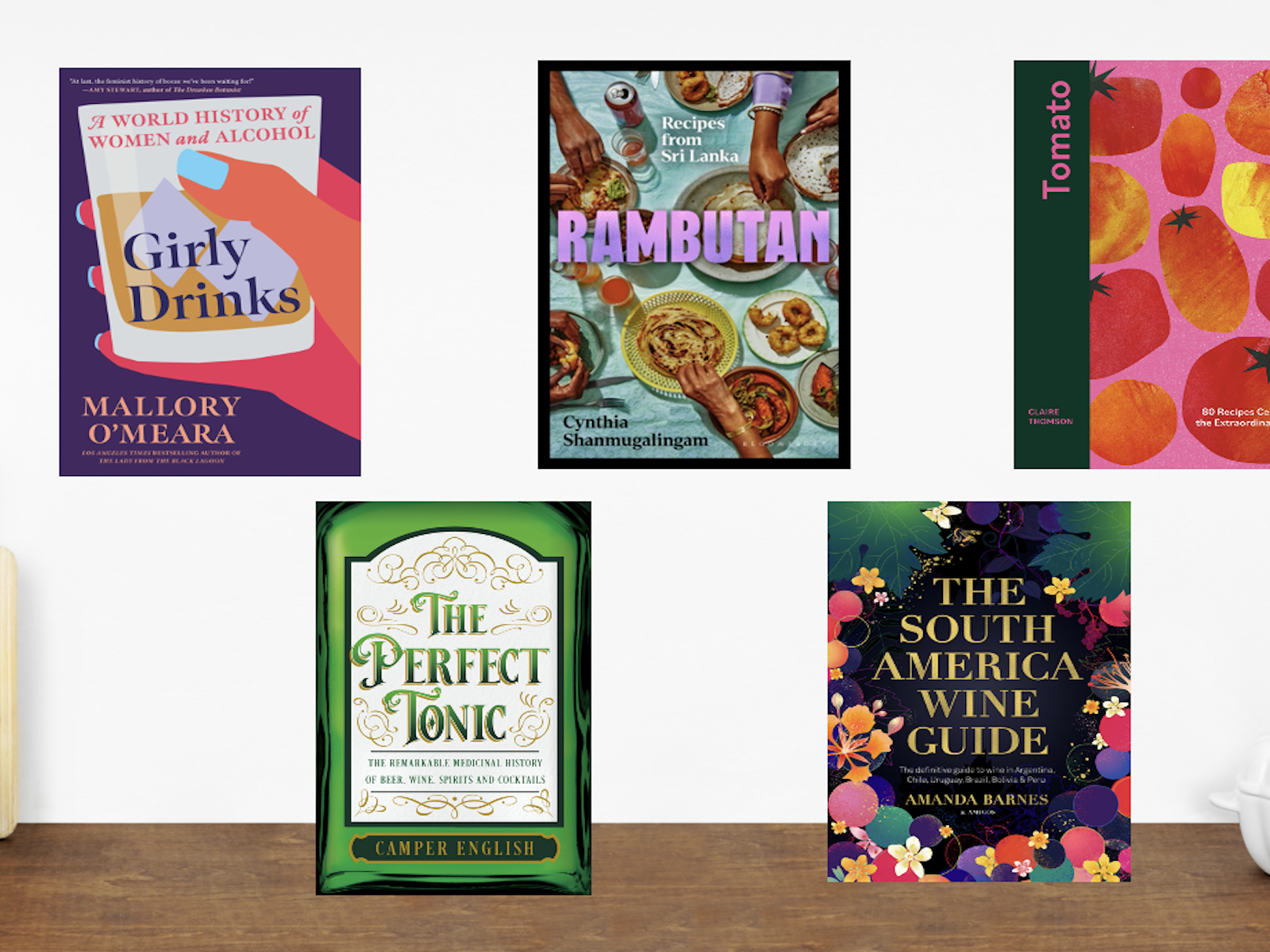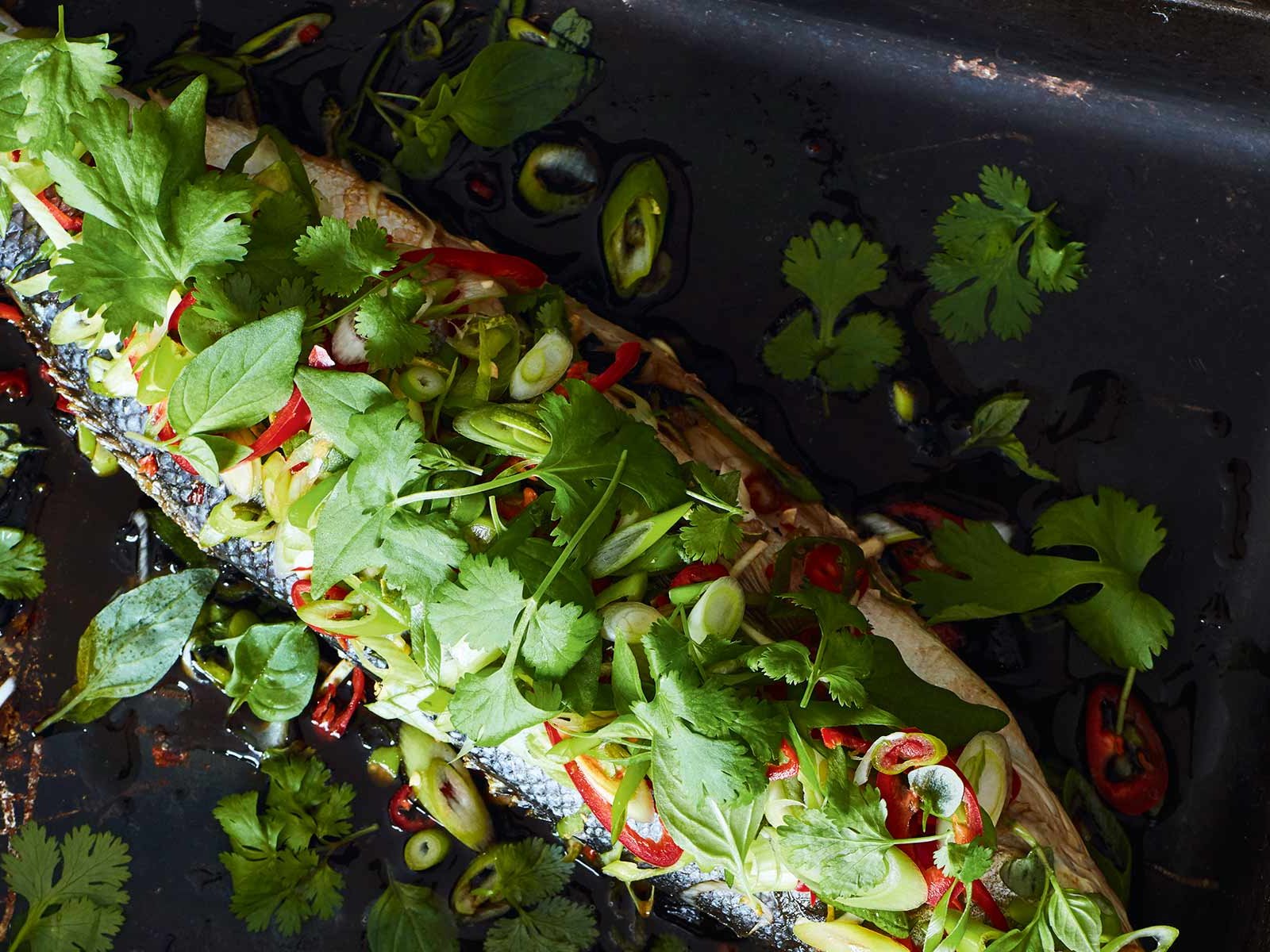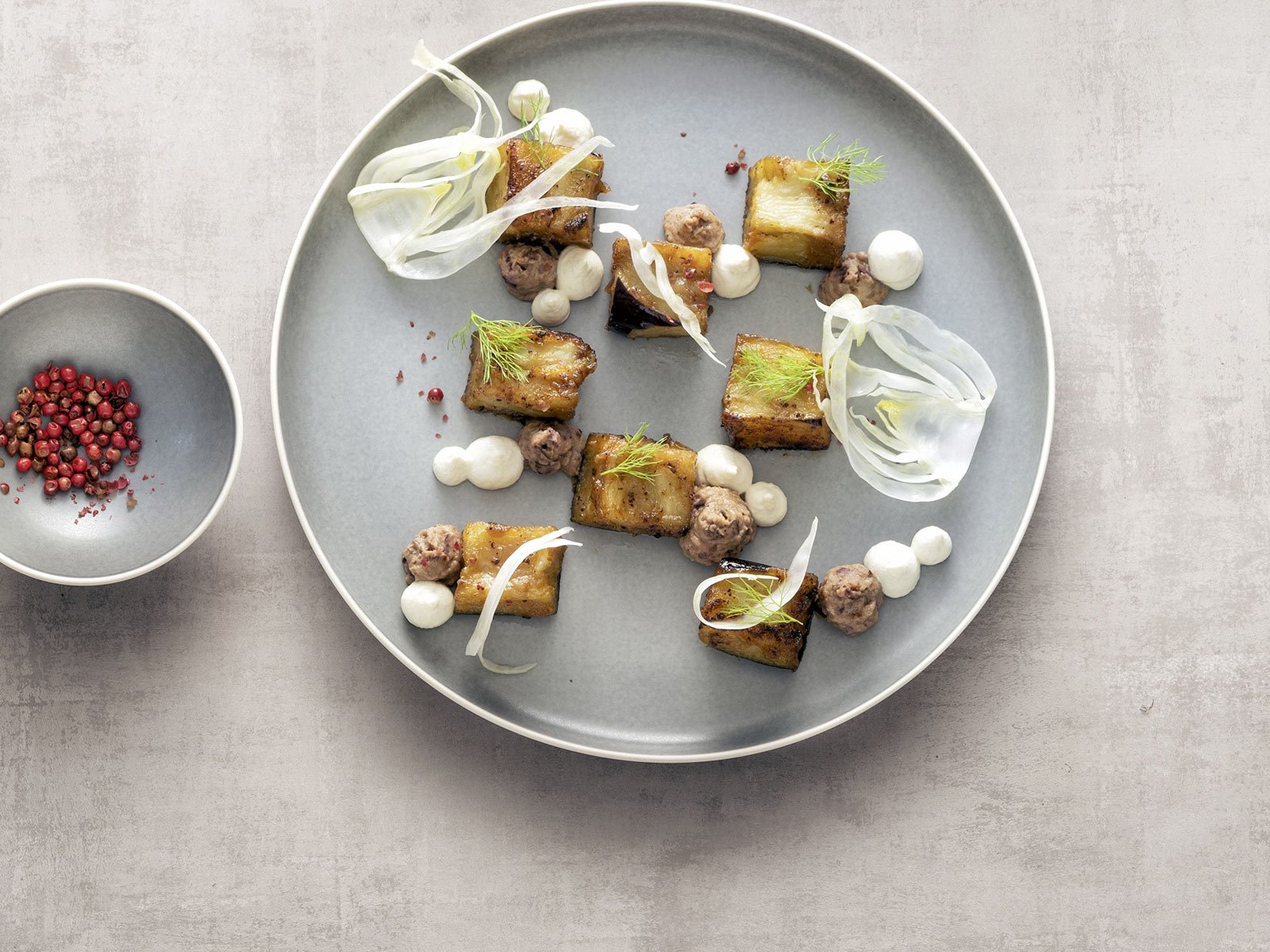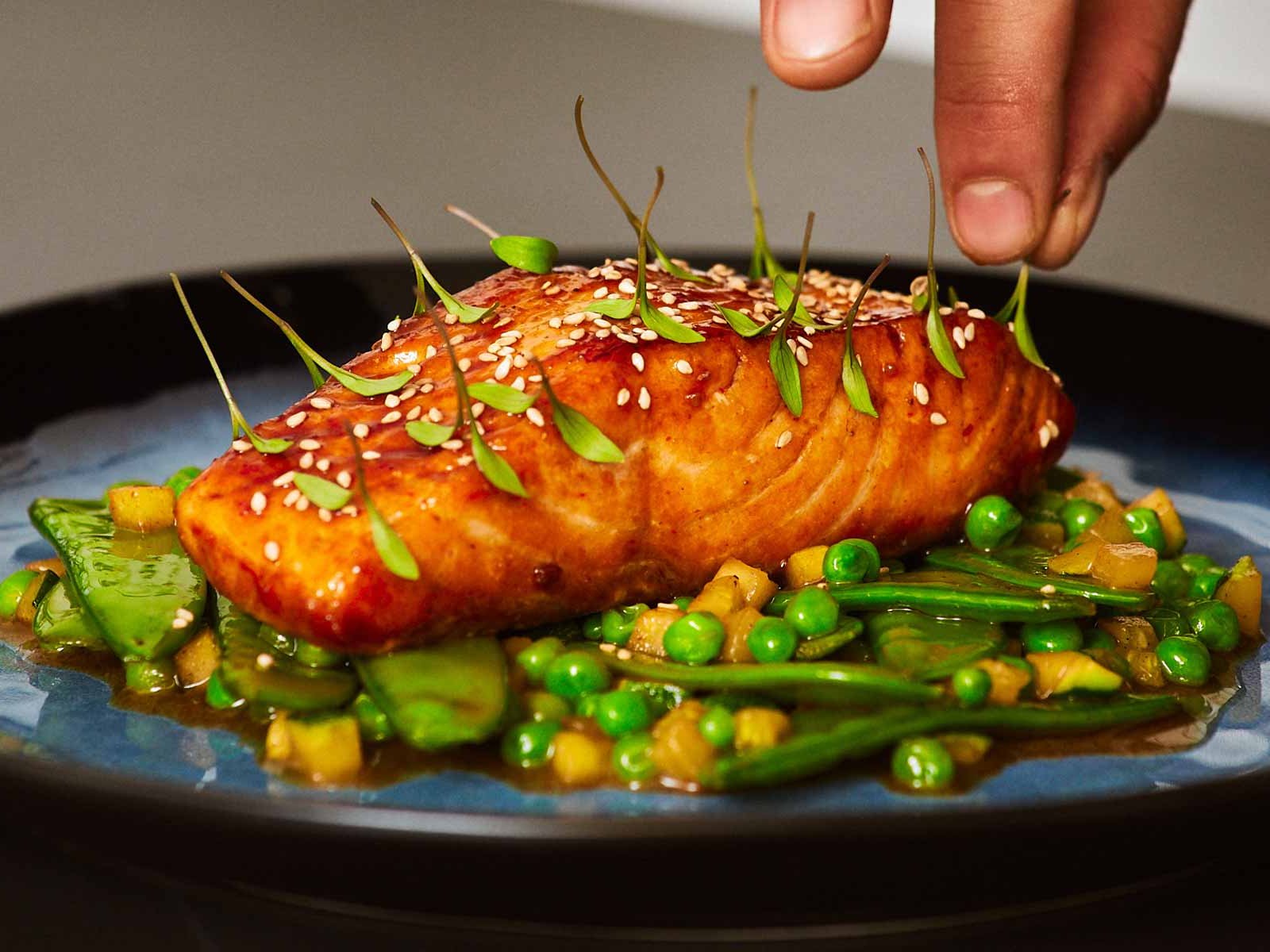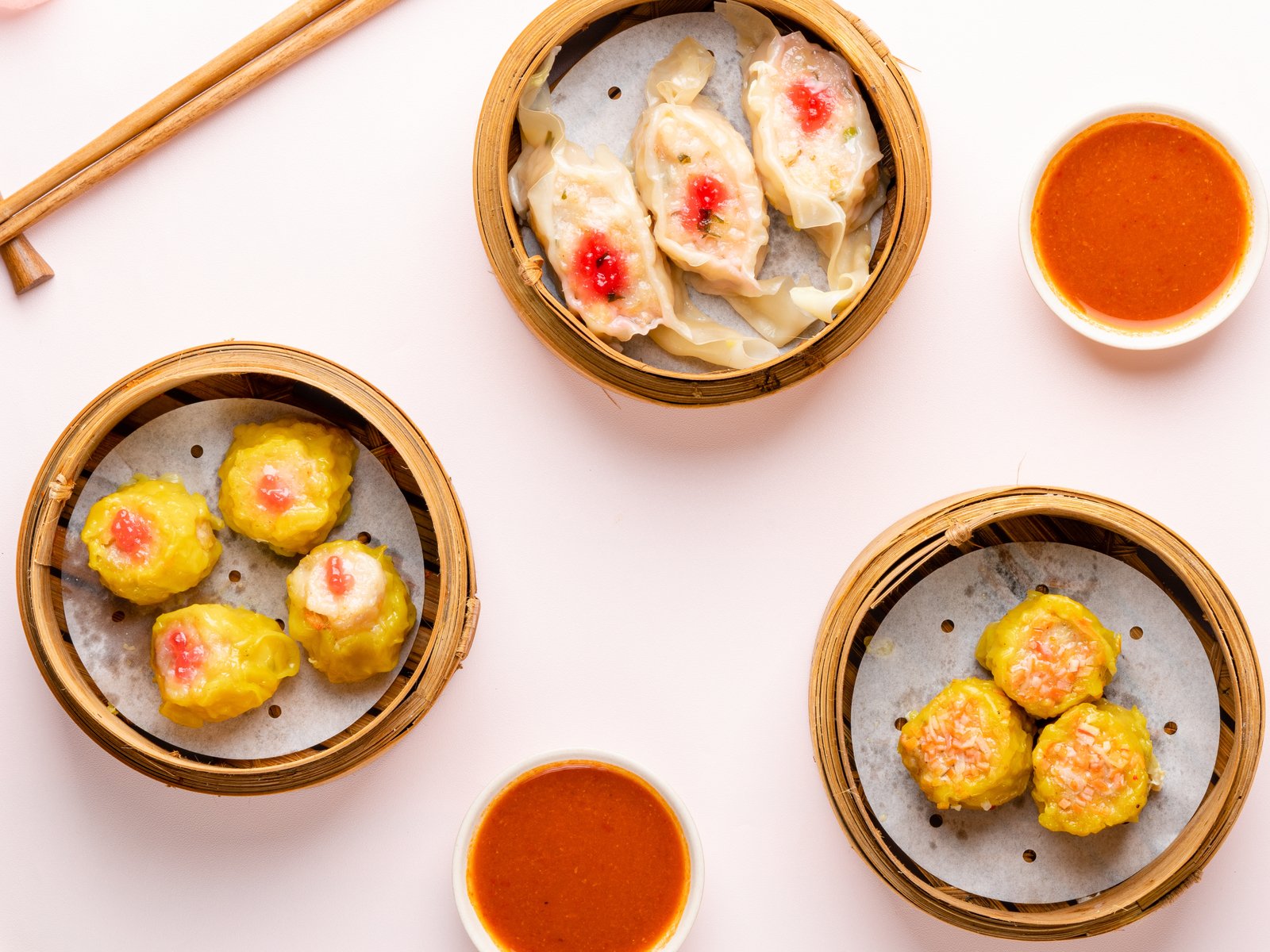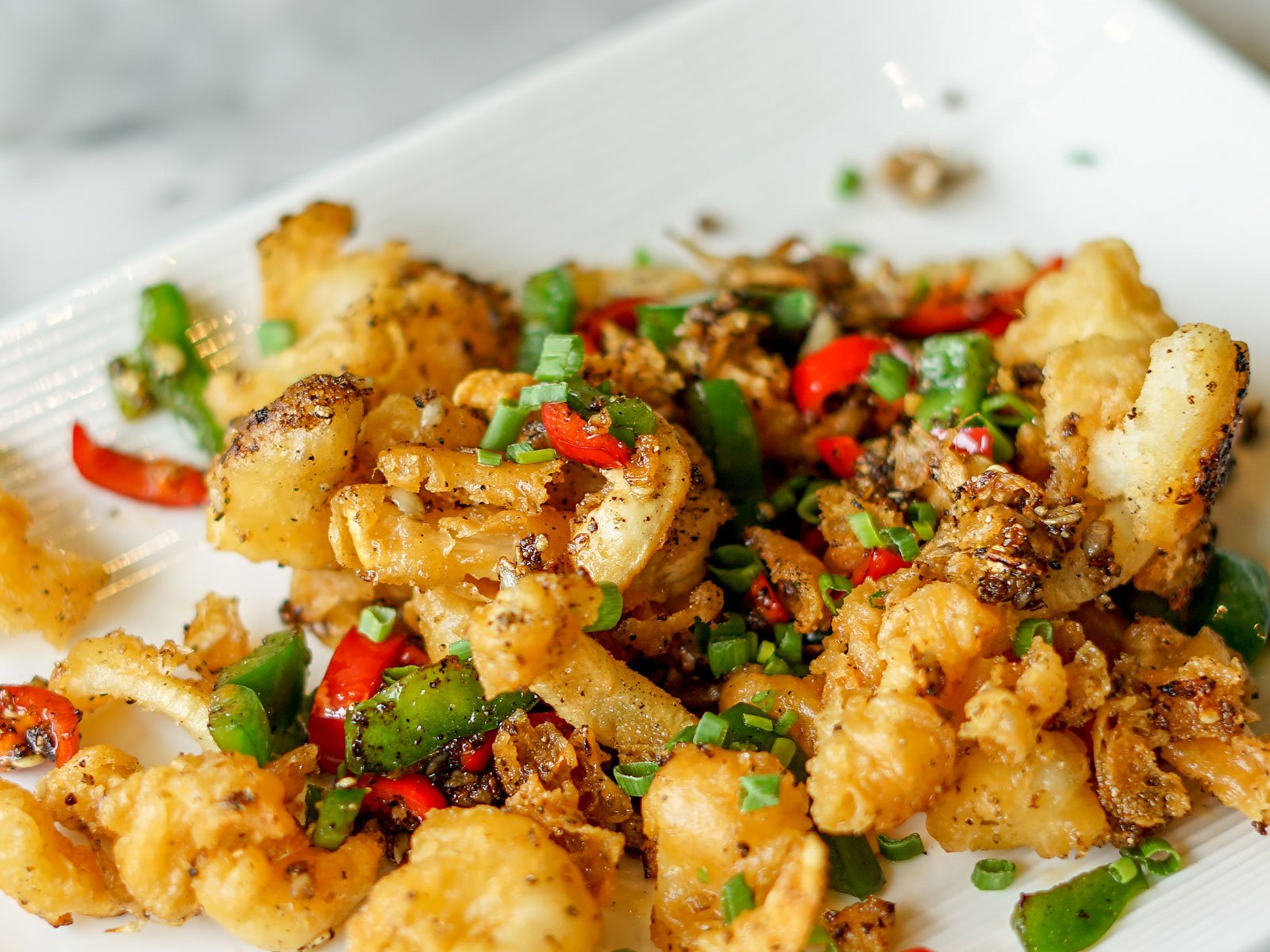All You Need to Know about Sushi
Sushi is ubiquitous, running the gamut from affordable supermarket snack to the highest gastronomic art. Here's what it is and how it came to be.
Sushi and sashimi are microcosmic examples of Japanese food: high quality ingredients, processed with minimum intervention. Simplicity, care and hours of repetition produce uniquely photogenic plates of food.
Fish and seafood are synonymous with sushi, but equally appetising versions may be made with meat and vegetables. Sushi means ‘vinegared rice’ (more on why that is the case below), so if it does not have rice, it is more likely to be sashimi. The word sashimi refers to the slicing technique, which shows off the natural beauty and quality of the ingredient. Not all sushi and sashimi is raw. Prawns, eel and octopus are cooked, while fish that is prone to spoiling quickly, such as mackerel, is often slightly pickled, a state the Japanese like to describe as ‘washed in vinegar’.
Evolution
Japan is a nation of nearly 7,000 islands which accounts for almost 9% of the world’s coastline, so it comes as no surprise that seafood is at the forefront of its cuisine and identity. Sushi, however, is believed to have originated from a method for preserving carp, a freshwater lake fish. The vestige for this theory is funa-zushi which, like its global cousins, Swedish surströmming or Icelandic hákarl, has limited appeal to modern palates. All three are delicacies that have been in existence for thousands of years, where fish has been salted and allowed to ferment, resulting in something that remains edible months or even years later.
So how did this primitive and frankly fetid preservation technique evolve into the fresh-tasting sushi that has bestowed on Japanese cuisine an aura of health and sophistication? Funa-zushi combines fish with two other key ingredients: salt and rice. Salt kills harmful bacteria that would otherwise result in uncontrolled rotting. The salted fish is then packed in rice, which ferments and produces lactic acid, also important in the preservation process. In ancient times, the rice would have been discarded, but modern sushi now replicates the sourness of lactic acid, by dressing cooked rice with vinegar that has been seasoned with sugar and salt. Hence, sushi, which literally translated means sour, or vinegared, rice.
Sushi’s first stage towards refinement began in Japan’s conurbations, which rose up around important ports, such as Tokyo. Rice and local fish made for a convenient street food to fuel the construction workers building Japan’s cities.
A renewed period of innovation in sushi came after the Second World War. As Japanese sushi chefs emigrated around the world, they had to adapt to differing tastes and local ingredients. Salmon, rarely used in Japan, became the most popular topping for sushi in Europe and North America. The California roll was born, introducing avocado and crab as new fillings for rolled sushi. The inside out roll was invented because American customers were observed to peel away the seaweed like some undesirable wrapper.
Types of Sushi
In Japan, restaurants often specialise in a particular niche, whether that is sushi, tempura or tonkatsu. The most casual places to eat are the Japanese taverns called izakaya, where friends and colleagues gather for hours to socialise over food and drinks. Izakaya are the most general types of restaurant and as such will usually stretch to some sashimi on their menus, but for the best sushi experience, it is usually best to go to a specialist. Some would go so far as to recommend that you eat as close to the fish market and as close to breakfast as possible, to ensure optimum freshness.
Nigiri
Nigiri is the archetypal Tokyo sushi, designed to show off the freshest fish from Tokyo Bay. A ball of seasoned sushi rice not much bigger than a thumb is lightly pressed, delicately spiked with dab of nose-tingling wasabi and a slice of fish is gently pressed on top. Displayed like this, fish that is not in pristine condition or expertly carved has nowhere to hide. Watching the rhythm and dexterity of a sushi chef moulding nigiri is a joy.
Maki
Maki sushi is rolled with the aid of a bamboo sushi mat and usually held together by a sheet of nori seaweed. Seasoned sushi rice is spread across the nori in a layer no more than two or three grains of rice deep. Strips of fish, seafood or vegetables can be placed on the rice, then it can be rolled into a cylinder and sliced into bite-size discs. Because the filling is hidden inside and only presented in cross section, maki sushi is a good way of using up trimmings that are not suitable for nigiri.
Temaki
Te means hand, as in karate (empty hand), so temaki is ‘hand-rolled’. The ingredients remain the same, but without the help of a rolling mat to ensure an even cylinder, the usual presentation is a cone with fillings in the middle and on top, like ice cream sprinkles. It is served as one individual portion and, being larger, will take several mouthfuls to finish.
Gunkan Maki
A special type of rolled sushi; nori seaweed is rolled around a cylinder of rice, the open top is then filled with ingredients such as salmon roe, which are looser or softer than other toppings and therefore need some support to stay on top of the sushi rice. The boat-like shape resembles gunkan or old battleships.
Chirashi
Chirashi means scattered, but undersells these beautifully arranged bowls of sushi rice, seafood and vegetables. It is a good way of tasting the flavours of sushi: lightly vinegared rice and a variety of seafood without the faff of moulding, rolling and cutting. In this regard, it is also convenient and economical for cooking at home, because leftovers can be used to create an array of colours. The Hawaiian poke bowl is the Pacific cousin of chirashi sushi.
A Most Successful Export
Since the pioneering Japanese chefs of the 1960s brought their sushi skills to new shores, sushi enjoyed a period of reinvention adjusting to local tastes and product availability. An increase in air travel helped promote Japanese cuisine around the world and a renaissance of French chefs created the haute cuisine movement, inspired by what they saw in Japan. Japanese food was portrayed as a luxury cuisine in the strong economy of the 1980s. Along with the globalisation of Japan’s number one culinary export, came industrialisation. Fine sushi in the hands of a skilled expert can still win Michelin stars and command high prices, but at the other end of the spectrum, sushi has reverted to a convenience food. Street stalls have been replaced by machines producing sushi to supply supermarkets and fast food restaurants cheaply.
In the same way that Italy is renowned for pizza, sushi is the poster child for Japanese food. The secret of its global success is a format of carbohydrate and protein that is simple to prepare, convenient to eat and pretty to look at. Despite all the coastal cultures that also have access to the ocean’s bounty, no other country has carved itself such a global reputation for serving seafood in quite the same way the Japanese have.
True Flavours
Katsuobushi
Katsuo is skipjack tuna or bonito. While a classic European fish stock would call for white fish, this member of the tuna family is one of two key ingredients in dashi, the stock that adds umami to Japanese cuisine. The fillets are dried and smoked until they are as hard as blocks of wood, then shaved on a plane. The very fine shavings increase the surface area and flavour. As well as infused for dashi, it can also be used as a dry seasoning for topping tofu, vegetables or okonomiyaki (savoury pancake) where the rising heat causes them to curl and flicker as though the dish is alive and dancing.
Konbu
Konbu is the Japanese name for kelp, which is the other key ingredient in the marine infusion that is dashi. Kelp is an important part of the marine ecosystem and it is rich in naturally-occurring glutamates. Kelp is a large, thick and robust type of seaweed, traditionally dried on pebble beaches, then folded or cut into manageable lengths.
Yuzu
A Japanese citrus fruit which has a unique aroma combining elements of lemon, limes, mandarin and grapefruit. Its juice adds a bright citrus note to salty-sweet soy sauce in ponzu sauce which is often served with sashimi. Its zest can be used to add fragrance to light soups or fermented with chilli and salt to make a condiment called yuzu-koshō.
Wasabi
A pale green rhizome first documented as an indigenous Japanese food more than 1,000 years ago. Long-life powdered wasabi contains as little as 1 percent wasabi, relying instead on horseradish, mustard and food colouring to mimic the nose-tingling fire. Its pairing with sushi and sashimi is thought to have been for its antibacterial properties rather than its flavour, but it is also used as a seasoning for soba noodle dipping sauce, tofu and wasabi peas.
Shiso
Also known as Perilla, shiso is a Japanese herb related to the mint family, but has a fragrance that is hard to compare. The leaves have distinctive saw-toothed edges and can either be green or deep ruby, verging on purple. Shiso is commonly used as a garnish for sushi but too often left uneaten. It can also be dried to make a condiment called furikake to sprinkle on rice, infused into dressings or dipped in tempura batter and fried until crispy.
